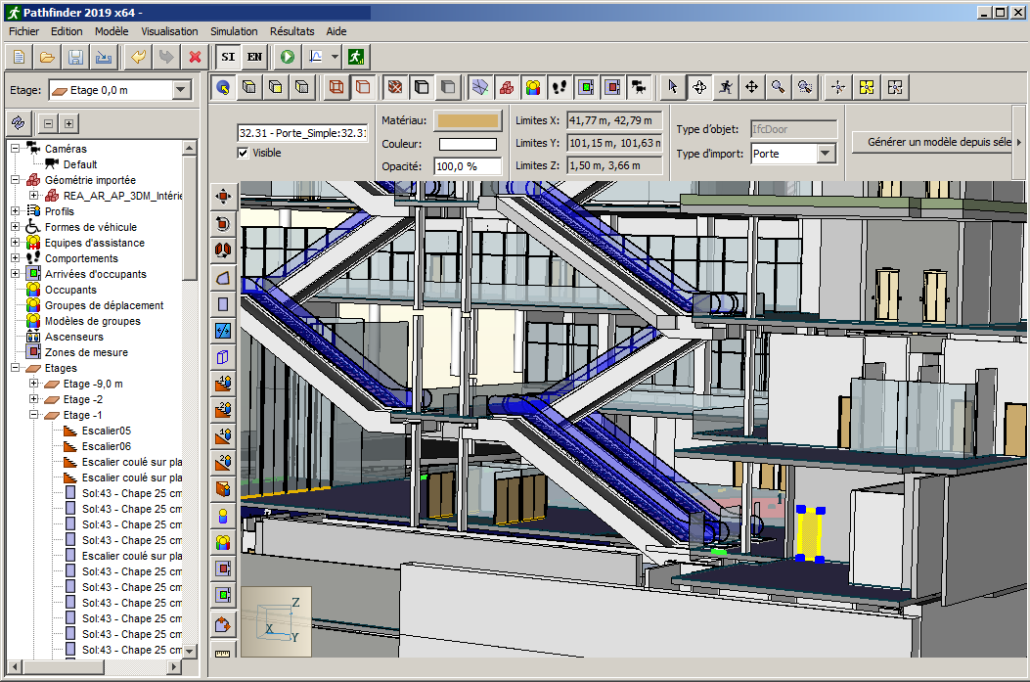[av_one_full first min_height= » vertical_alignment=’av-align-top’ space= » row_boxshadow_color= » row_boxshadow_width=’10’ custom_margin=’aviaTBcustom_margin’ margin=’,5px’ mobile_breaking= » border= » border_color= » radius=’0px’ radius_sync=’true’ padding=’0px’ padding_sync=’true’ column_boxshadow_color= » column_boxshadow_width=’10’ background=’bg_color’ background_color= » background_gradient_color1= » background_gradient_color2= » background_gradient_direction=’vertical’ src= » attachment= » attachment_size= » background_position=’top left’ background_repeat=’no-repeat’ highlight_size=’1.1′ animation= » link= » linktarget= » link_hover= » title_attr= » alt_attr= » mobile_display= » id= » custom_class= » aria_label= » av_uid=’av-lfyn6′]
[av_textblock size= » av-medium-font-size= » av-small-font-size= » av-mini-font-size= » font_color= » color= » id= » custom_class= » av_uid=’av-k8t4qnkg’ admin_preview_bg= »]
Toilets, gender Bias and Simulation
Two days before International Women’s Day 2019, engineers at 1Point2 completed the final report of a simulation project related to capacity and access issues in a future EU congress center. A large building of eight floors that accepts up to 3000 people in multiple rooms of various sizes and which manages access cards and elevator shutdowns. It’s everything we love about dynamic pedestrian simulation!
The scope of the project included a proper dimensioning of toilet facilities. We relied on the commonly referenced figures issued by the World Toilet Organization (www.worldtoilet.org). We all use toilets 6 to 8 times a day, or about every 4 hours. Women stay longer than men, residence time for women is between 2 minutes 33 and 3 minutes whereas residence time for men is between 1 minute 24 and 1 minute 53. Dressing actions and time spent at the sink often account for some of this discrepancy.

We ran simulations with the assumption that 50% of people would go to the toilet facilities at the breaks that occur about every two hours. At each floor the architects had provided the same and fair toilet surface area for each population. The layout indicated 9 seats for women vs 10 spots for men (5 urinals and 5 cubicles). We thus anticipated a small bottleneck at the ladies’ room.
In the first scenarios we observed that more than 99% of men were waiting less than 5 minutes to get to the toilets, whereas only 66% women waited less than 5 minutes. In multiple scenarios that included variations in throughput, break time, and a threshold value for a person to decide to try and find another facility (at the same floor or at another floor), we could observe quite a number of women that spent between 10 and 13 minutes in fulfilling the “toilets” behavior over a break lasting 15 minutes. This result left the women occupants little time for drinking coffee, exchanging with colleagues or giving a business card to a new contact.
The technical specifications of the congress center’s manager were met by providing the 15 minutes breaks allowed for all occupants to use the toilet facilities and return to the conference room. But when you look closer, what a difference in treatment between men and women!
[/av_textblock]
[/av_one_full][av_one_third first min_height= » vertical_alignment=’av-align-top’ space= » row_boxshadow_color= » row_boxshadow_width=’10’ custom_margin=’aviaTBcustom_margin’ margin=’5px,20px’ mobile_breaking= » border= » border_color= » radius=’0px’ radius_sync=’true’ padding=’0px’ padding_sync=’true’ column_boxshadow_color= » column_boxshadow_width=’10’ background=’bg_color’ background_color= » background_gradient_color1= » background_gradient_color2= » background_gradient_direction=’vertical’ src= » attachment= » attachment_size= » background_position=’top left’ background_repeat=’no-repeat’ highlight_size=’1.1′ animation= » link= » linktarget= » link_hover= » title_attr= » alt_attr= » mobile_display= » id= » custom_class= » aria_label= » av_uid=’av-fgn3m’]
[av_textblock size= » av-medium-font-size= » av-small-font-size= » av-mini-font-size= » font_color= » color= » id= » custom_class= » av_uid=’av-k8t4rygv’ admin_preview_bg= »]
We since asked several women about their perception of toilets capacities in public buildings. They suggest that women’s facilities are undersized (in highway service areas, concert halls, educational institutions). In France, legal texts related to facilities in public buildings are vague. Workplace regulations define a minimum number of toilet cubicles by every 20 persons without mentioning any distribution of men and women.
But we now have observed that for the number of toilet facilities, strict gender equality in design is discrimination…
[/av_textblock]
[/av_one_third]
[av_two_third min_height= » vertical_alignment= » space= » row_boxshadow= » row_boxshadow_color= » row_boxshadow_width=’10’ custom_margin= » margin=’0px’ mobile_breaking= » border= » border_color= » radius=’0px’ padding=’0px’ column_boxshadow= » column_boxshadow_color= » column_boxshadow_width=’10’ background=’bg_color’ background_color= » background_gradient_color1= » background_gradient_color2= » background_gradient_direction=’vertical’ src= » background_position=’top left’ background_repeat=’no-repeat’ highlight= » highlight_size= » animation= » link= » linktarget= » link_hover= » title_attr= » alt_attr= » mobile_display= » id= » custom_class= » aria_label= » av_uid=’av-9wu76′]
[av_image src=’https://www.pathfinder-simulation.fr//wp-content/uploads/2020/04/ScreenShot1-1030×579.png’ attachment=’437′ attachment_size=’large’ copyright= » caption= » styling= » align=’center’ font_size= » overlay_opacity=’0.4′ overlay_color=’#000000′ overlay_text_color=’#ffffff’ animation=’no-animation’ hover= » appearance= » link= » target= » id= » custom_class= » av_element_hidden_in_editor=’0′ av_uid=’av-k8t4rbwc’ admin_preview_bg= »][/av_image]
[/av_two_third]
[av_buttonrow alignment=’center’ button_spacing=’30’ button_spacing_unit=’px’ alb_description= » id= » custom_class= » av_uid=’av-k8t4zq7e’ admin_preview_bg= »]
[av_buttonrow_item label=’Go to home page of this website’ icon_select=’no’ icon=’4′ font=’entypo-fontello’ size=’small’ label_display= » title_attr= » color=’theme-color’ custom_bg=’#444444′ custom_font=’#ffffff’ link=’page,63′ link_target= » av_uid=’av-2cjqa’ icon_hover= »]
[av_buttonrow_item label=’Go to Pathfinder US website ‘ icon_select=’no’ icon=’5′ font=’entypo-fontello’ size=’small’ label_display= » title_attr= » color=’theme-color’ custom_bg=’#444444′ custom_font=’#ffffff’ link=’manually,http://www.thunderheadeng.com/pathfinder/’ link_target=’_blank’ av_uid=’av-e0r1m’ icon_hover= »]
[av_buttonrow_item label=’Read this post in French’ icon_select=’no’ icon=’6′ font=’entypo-fontello’ size=’small’ label_display= » title_attr= » color=’theme-color’ custom_bg=’#444444′ custom_font=’#ffffff’ link=’manually,http://www.simulation-pietons.fr/simulation-sexe-sanitaires/’ link_target=’_blank’ av_uid=’av-95ejm’ icon_hover= »]
[/av_buttonrow]